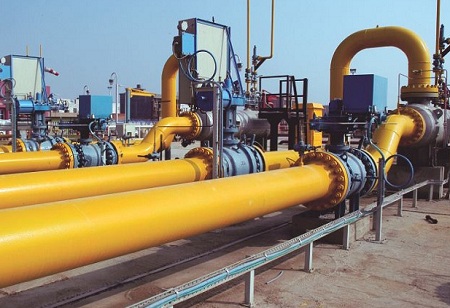Oil and Natural Gas Corp (ONGC) intends to invest Rs 1 lakh crore by 2030 to increase its petrochemicals production capacity, which will include new facilities to create chemicals directly from oil. The ONGC proposal is a component of a bigger government initiative to assist India in becoming a significant global petrochemical centre. ONGC's subsidiaries Mangalore Refinery and Petrochemicals Ltd (MRPL) and ONGC Petro additions Ltd (OPaL) would likely carry out its plans. The other division of ONGC, Hindustan Petroleum Corp (HPCL), has distinct petrochemical aspirations.
MRPL and OPaL's combined petrochemical capacity is intended to more than double to 8 million metric tonnes annually by 2030. According to the growth plan, there will be two major projects put up, one on each of the east and west coasts. The plants will either utilise alternative feedstocks
or use crude directly to make chemicals. The crude that ONGC produces in the nation can also serve as a feedstock for its crude-to-chemical operation. Petrochemicals proposals for ONGC are still in the planning stages and have not yet been presented to the board. For the story, ONGC declined to comment.
Prior to beginning its significant petchem development, ONGC will also need to address OPaL's lopsided capital structure, which has built debt totaling 35,000 crore on a relatively small equity base. A joint venture between ONGC and GAIL is called OPaL. An international consultancy and a team of distinguished specialists are developing a strategy to either find a new equity partner for OPaL or make it an ONGC subsidiary.
The government previously turned down ONGC's proposal to inject $10,000 crore in equity, which might have aided OPaL in becoming an ONGC subsidiary. The decrease in the supply of low-cost domestic natural gas, a feedstock, as the government shifted supply to other sectors of the economy, presents another recent difficulty for ONGC's petchem operation. Increased reliance on expensive imported petrol results from this.
The broader uses of petrochemicals and the belief that their demand would endure long after the decline in the use of transportation fuels has encouraged investment in this industry. Between 2017–18 and 2021–22, the nation's production of significant petrochemicals increased by around 5% per year. Other oil corporations involved in the petrochemicals industry include Reliance Industries, Indian Oil, GAIL, Bharat Petroleum, and Hindustan Petroleum. The biggest natural gas importer in the nation, Petronet LNG, also intends to operate there.
